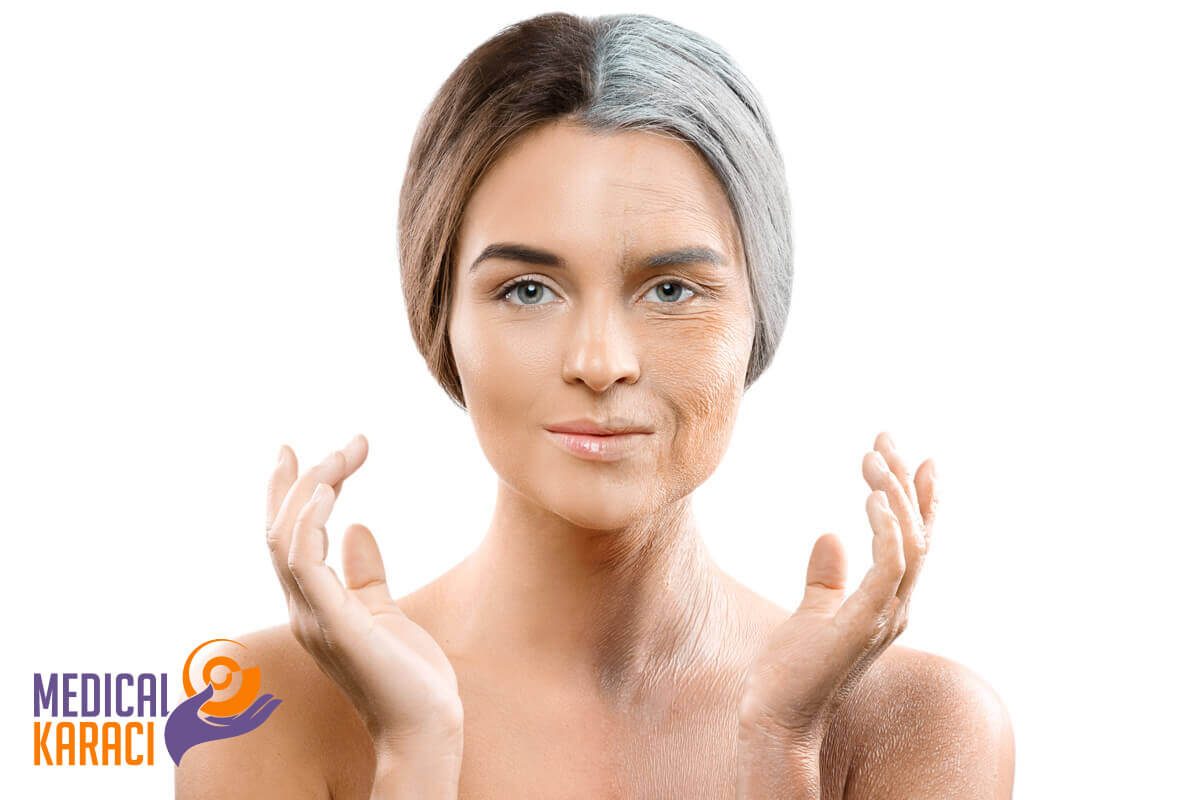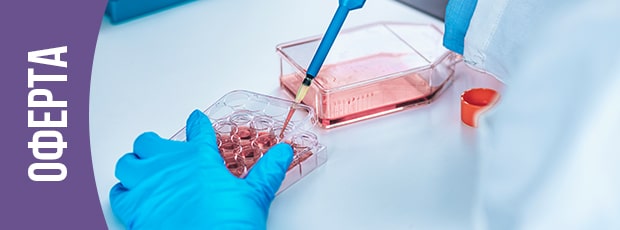Our face is the image we present to the world. It is one of the first and most visible parts of the body that makes us unique and different, differentiates us from each other.
The face undergoes many changes, the reasons for which are different - advancing age, lifestyle, the care we take, etc. Facial aging results from the effects of two factors - gravitational contraction of the facial muscles and loss of volume and texture of the soft tissues of the skin. These changes create contours and shadows, the face looks tired and stressed and takes on the appearance of a visibly older person.
A facelift is a type of plastic surgery that is capable of contributing to an overall new facial appearance. We can claim that this masterful surgery takes us back 10 or more years.
Facelift techniques correct sagging facial tissue around the jowls, sagging skin under the chin, sagging cheeks and deep creases from the outer nostrils to the corners of the lips (nasolabial folds).
Facelifts are a successful way to effectively rejuvenate in the long term.
When is it appropriate to decide on a facelift procedure?
- When the patient wishes to correct the overall appearance of their facial skin.
- In the presence of excess tissue on the facial structures, visually adding more years to the actual age.
- We only get temporary results that are achieved with non-surgical rejuvenation treatments such as Botox, injectable fillers and facial lasers.
- In the desire to achieve a more youthful appearance and in search of an effect that lasts for the long term.
Appropriate age for the intervention:
The appropriate age is around and above 45 years for women and around and after 55 years for men. But of course, it's not just age that matters to choose the right time.
We should also take into account the general condition of the skin - its elasticity, the size of wrinkles and the presence of folds in the face and neck.
There is a wide variety of surgical techniques that, in the right combination, are successfully applied in the fight against "time".
The tissues beneath the skin are surgically altered to return the facial contour to a more youthful shape, and those on the surface are pulled back so that a smooth and tight appearance is regained. Most often, facelifts are combined with surgical removal of excess skin layers in the neck and chin area - platysmaplasty, removal of fat deposits from the cheekbones to sculpt them (bishatectomy), blepharoplasty, etc. It is the experienced plastic surgeon who has to choose the most appropriate technique or combination of techniques to achieve the best aesthetic appearance.
Depending on the techniques used in the intervention, we can meet it under different names and indicate the following varieties of facelift:
- Facelift in depth
- Vertical facelift
- SMAS facelift
- Lower facelift
- Mini facelift
- Facelift for men
- Endoscopic facelift
- Classic, traditional facelift
- Micro fat grafting in facelift surgery
The main and most preferred procedures for rejuvenation of the species are the following:
SMAS (Superficial Muscular Aponeurotic System) facelift
SMAS - called intervention, represents the most commonly performed facelift surgery. This surgical procedure involves separating the skin from the deeper muscles and soft tissues.
SMAS is the muscle of the face, which has the scientific name with translation - superficial muscular aponeurotic system. The SMAS layer begins to loosen with age and creates laxity in the jaw and chin area, creating marionette lines and nasolabial folds.
The SMAS facelift technique pulls the muscle layer back to flatten folds and sagging and create a firmer, tighter appearance of the skin. It is preferred to address the negative effects, mainly in the lower third of the face. It is performed under endoscopic control and the results are reliable, long lasting and impressive.
SMAS Facelift benefits include:
- The operation time is shorter, from one and a half to two hours
- Vertically lift the face and neck by moving the SMAS
- Skin sagging is eliminated
- Remove deep wrinkles with long-term results
Facelift in depth
A deep facelift provides the most natural-looking rejuvenation and provides the longest-lasting effects of all facelift techniques.
The basic principle of the deep plane method is to lift only the submuscular layer. Deep plane lifting separates and repositions the entire system of skin and adjacent tissues in aggregate.
The results of the procedure do not strain the skin or muscles, but simply adjust the positioning of the facial tissue for a more permanent effect. The lines are finer and more natural, allowing younger patients to prevent the effects of aging earlier rather than procrastinating and correcting serious flaws after they have invariably already occurred. When a deep facelift is performed on an older patient, the result is always quite noticeable and definite, the appearance refreshed and visibly rejuvenated.
Advantage of the technique:
The name of this procedure can be misleading - the term "deep facelift" leads some patients to mistakenly believe that the procedure is more invasive than a traditional facelift, resulting in more trauma to facial tissues and requiring a longer recovery time. In reality, this type of lift allows the skin and muscles to remain attached to the underlying systems, resulting in less trauma.
Which type of facelift to choose?
During a consultation with the plastic surgeon, the face and neck will be carefully examined to assess bone structure, features, skin texture and elasticity and. It will be discussed which procedure or procedures in combination can provide the natural balance of the look.
The main priority to be followed is to restore a more youthful facial appearance by tightening both the overlying skin and underlying muscle and removing excess tissue around the ears and neck. A facelift is usually combined with procedures such as fat transfer in the chin, jawline, lips, cheeks and temples. The end result should achieve the desired look without revealing how this was achieved. Preservation of the features - close to natural are the basis of the surgeon's successful work.
The Operation:
It is best if candidates are in good health and do not have any medical conditions that would prove contraindicated for the facelift procedure. For this purpose, preliminary physical examinations and clinical examinations are appointed.
The facelift is performed in the hospital under local sedation or general anesthesia, depending on the patient's physical condition and personal preference.
Surgical incisions are made behind and in front of the ears, located in folds and places that are not noticeable to minimize and hide the scars as much as possible. In some cases, the incisions extend over the scalp.
When the basic technique is applied vertically, there are no incisions along the hairline or behind the ear. Stitches are placed along the length to zigzag in and out of the hair follicles and allow the hair to grow through the healed incision, concealing them naturally without the need for makeup. This allows patients to wear their hair short behind the ear or high in a ponytail, feeling confident and worry-free about scarring.
The duration of the surgical intervention is 3-4 hours and is determined by the complexity of the operation. More complex and extensive procedures can sometimes take longer.
The average clinic stay is within 24 to 48 hours.
Postoperative recovery:
The healing process begins immediately after leaving the operating room. Each person recovers from plastic surgery for a different length of time. In large part, it depends on his or her health, genetic profile, the number of cosmetic procedures performed simultaneously and the age of the patient at the time of surgery.
After the facelift procedure, it is good to apply cool compresses. Putting them on is also good to continue at home and will take about 48 hours. The head position should be kept upright and active rest should be provided. It is possible that small haematomas may appear, which are naturally resorbed by the body and it is not necessary to prescribe medical treatment.
Stitches are removed after a month, and patients can be socially active within two to four weeks. Improvement in the condition continues over several months, and the end result comes to the fore gradually.









